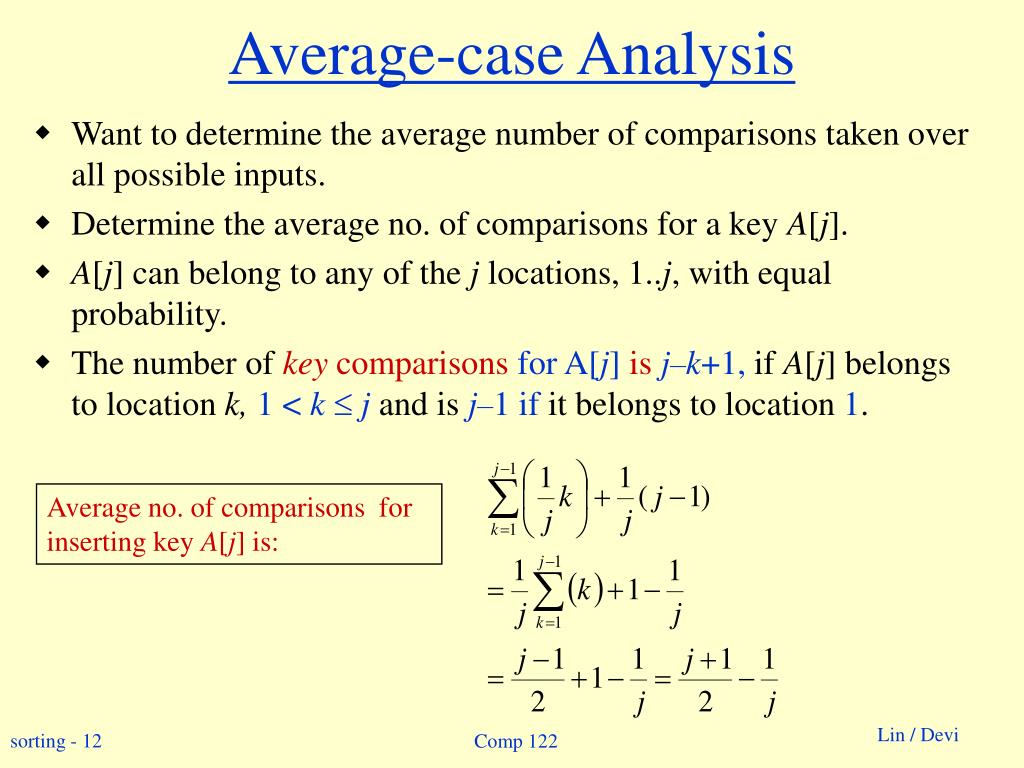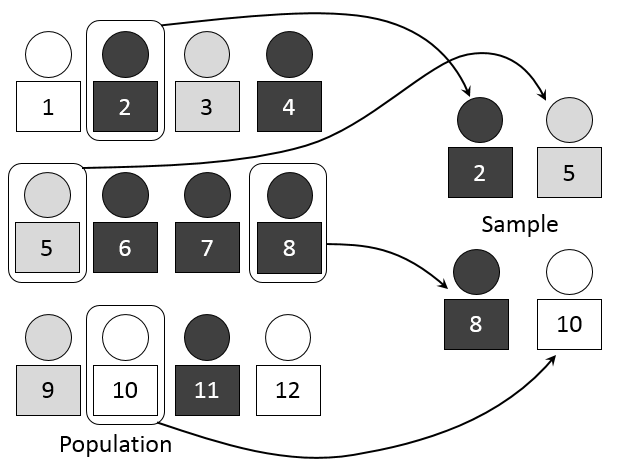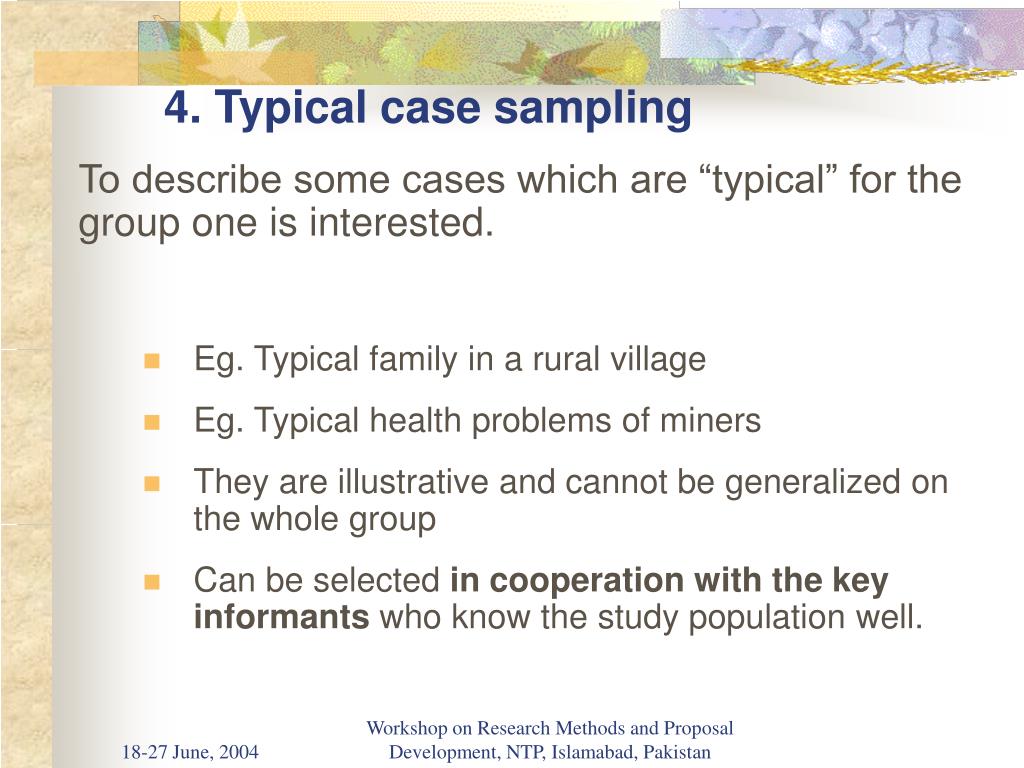Do you look for 'typical case sampling'? Here you can find questions and answers on this topic.
Board 2 Sampling scheme Structure Design Social function Intensity (n = 1) Simultaneous Consecutive Merged Connected Enclosed Convergence Complementarity Enlargement De ... Characteristic case Study (n = 1) Synchronous Embedded Complementarity Criterion/maximum variation (n = 2) Simultaneous Serial Embedded Connected Complementarity Development Sep 29 2021Cited by: Bring out Year: 2015
Table of contents
- Typical case sampling in 2021
- Intensity sampling
- Typical case sampling qualitative research
- Typical case sampling example
- Typical case sampling pdf
- Purposive sampling
- Critical case sampling
- Extreme case sampling
Typical case sampling in 2021
 This image illustrates typical case sampling.
This image illustrates typical case sampling.
Intensity sampling
 This picture demonstrates Intensity sampling.
This picture demonstrates Intensity sampling.
Typical case sampling qualitative research
 This picture shows Typical case sampling qualitative research.
This picture shows Typical case sampling qualitative research.
Typical case sampling example
 This picture demonstrates Typical case sampling example.
This picture demonstrates Typical case sampling example.
Typical case sampling pdf
 This picture shows Typical case sampling pdf.
This picture shows Typical case sampling pdf.
Purposive sampling
 This picture illustrates Purposive sampling.
This picture illustrates Purposive sampling.
Critical case sampling
 This picture representes Critical case sampling.
This picture representes Critical case sampling.
Extreme case sampling
 This picture illustrates Extreme case sampling.
This picture illustrates Extreme case sampling.
Which is the best technique for purposive sampling?
Technique options include, but are not limited to, the following. Typical case sampling is a type of purposive sampling that’s useful when a researcher is looking to investigate a phenomenon or trend as it compares to what is considered typical or average for members of a population.
When do you use a typical case sampling?
Typical Case Sampling Typical case sampling is a type of purposive sampling useful when a researcher wants to study a phenomenon or trend as it relates to what are considered "typical" or "average" members of the effected population.
What is the typical case of non probability sampling?
In non probability sampling, a typical case means that you can use your findings to cross-compare between samples — or cross check your results with similar studies (as opposed to comparing your results with what would be expected in a population).
When to use extreme or deviant case sampling?
Extreme or deviant case sampling is the opposite of typical case sampling. It is used when researchers want to investigate the outliers from the “norm” when it comes to a particular trend. By looking into these outliers, researchers are able to develop a stronger understanding of behavior patterns in the population.
Last Update: Oct 2021